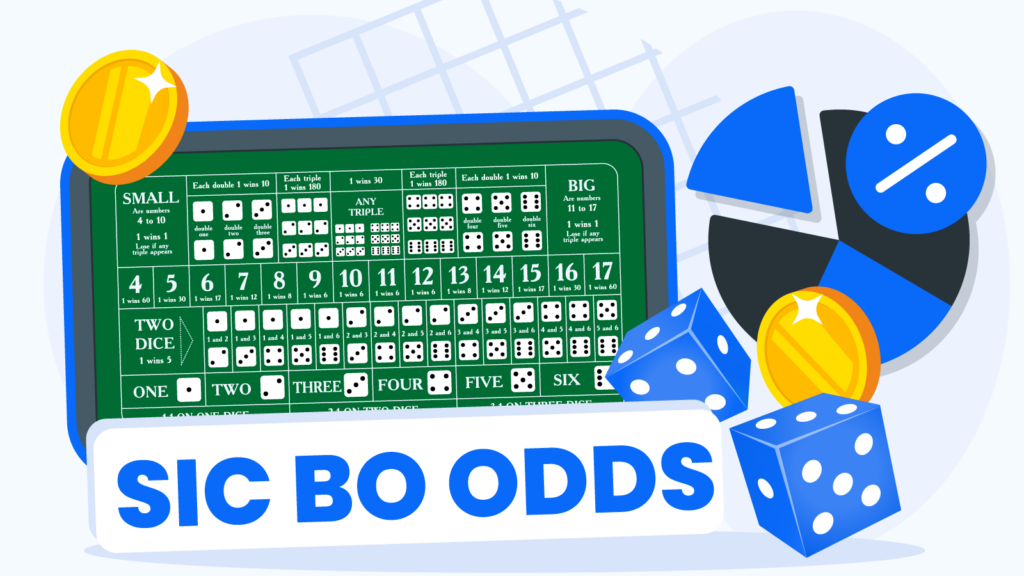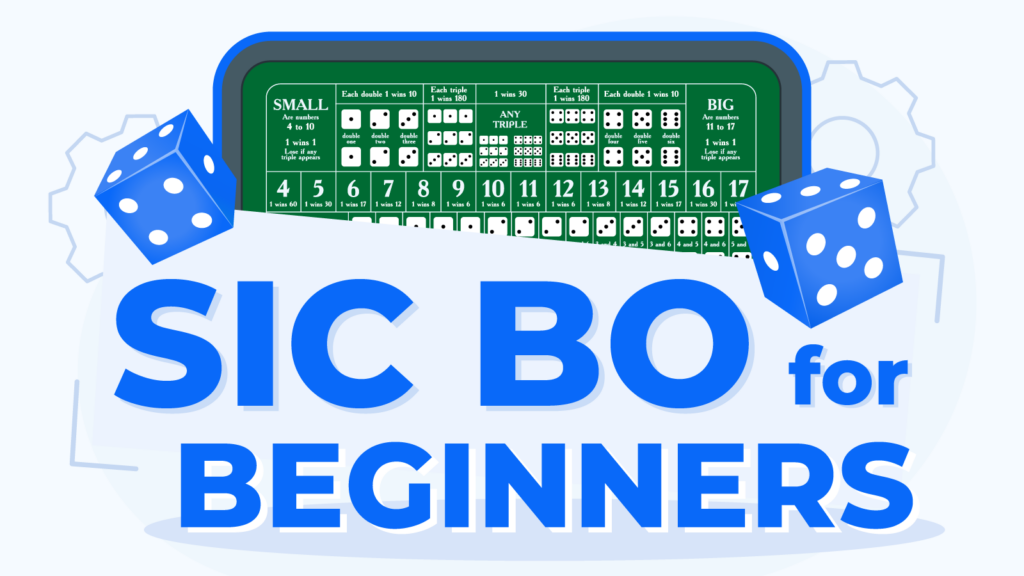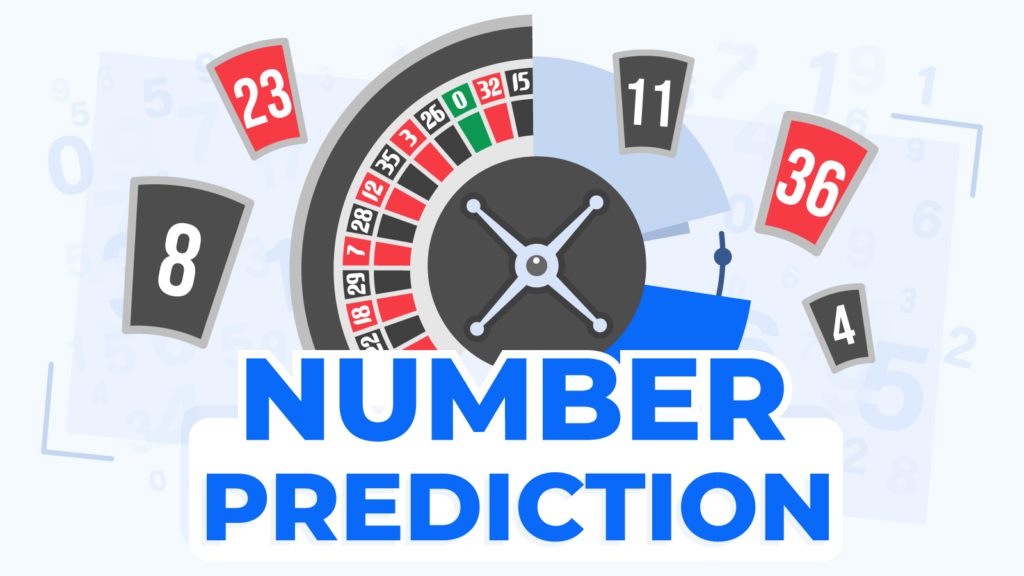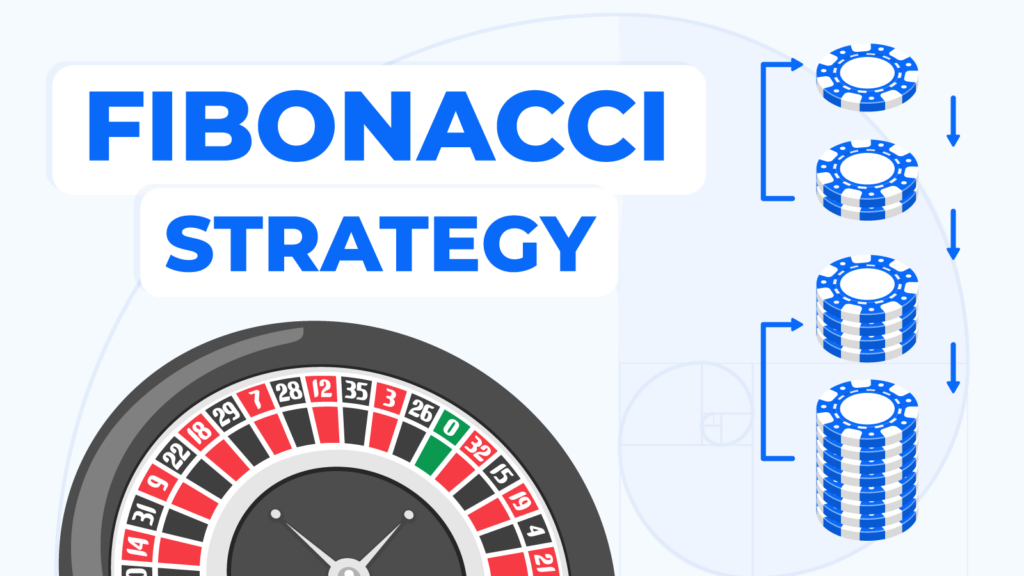
The Fibonacci Strategy Applied to Roulette
We have paid partnerships with the online casino operators featured on our site. We also earn commissions when you, the user, click on certain casino links. These financial partnerships do not affect our reviews, recommendations, or analysis. We remain committed to delivering unbiased gambling reviews. For more details, visit our Advertiser Disclosure page.
Does a 13th-century math secret work in roulette? The Fibonacci system uses a famous number sequence to guide bets—but we tracked 200 spins to show why it can’t beat the house edge. Learn how pros use it to manage losses, not chase wins, in our exclusive article below.
- The Fibonacci Sequence and the Fibonacci Roulette Strategy
- The Fibonacci Roulette Strategy in Action
- Fibonacci Strategy Roulette Results in the Long Run
- Fibonacci Roulette Results Compared to Other Systems
- Tips for Using the Fibonacci Sequence in Roulette
The Fibonacci Sequence and the Fibonacci Roulette Strategy
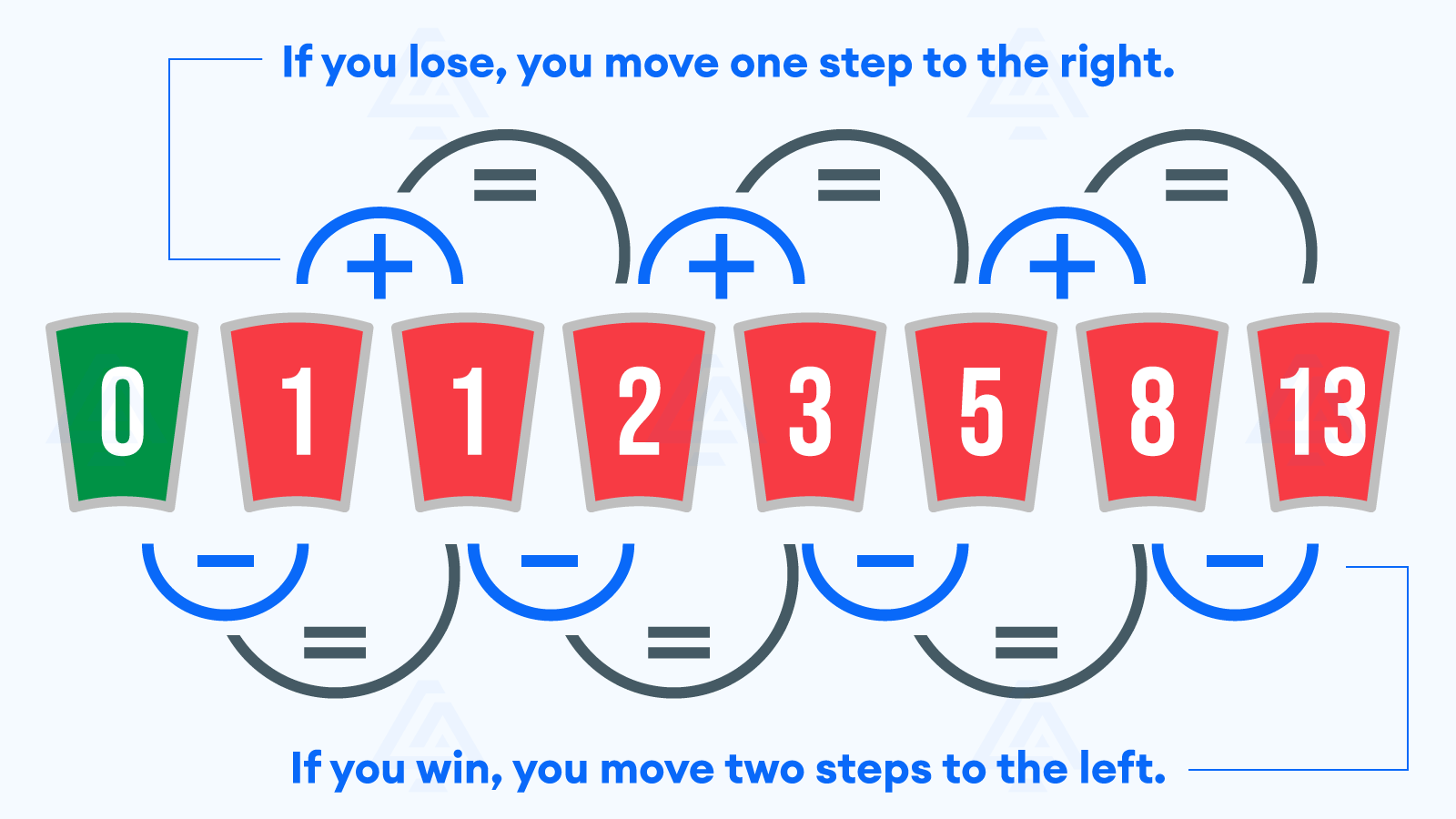
Important
Technically, the sequence could start with a zero, but most examples show Fibonacci as follows: 1-1-2-3-5-8-13-21, and so on.
Tips on using the Fibonacci Roulette system
The Fibonacci Roulette strategy is used on even-money bets, meaning UK players should use the strategy when betting on high/low or even/odd. It’s also used as a Roulette red or black strategy.
How to calculate the Fibonacci sequence
The system’s progression rule is that any next number is the sum of the previous two numbers. Accordingly, for each lost bet, you add up the previous numbers and thus obtain your next stake. When you win, you return two positions back in the sequence.
Did you know that”¦
The progression is a pattern occurring naturally at many levels? You might have heard about the golden ratio. You can find it in the number of plants’ flower petals and seed heads, inside fruits, vegetables and sea shells, as well as in hurricanes and galaxies.
The Fibonacci system
When applied as a staking system, Fibonacci requires a great deal of discipline. You must start with a clearly defined betting unit. Throughout our guides for UK players, we keep telling you to set a gambling budget and stick to it. For this system to work, you must take these words seriously. Suppose you’ve just registered your account at a top online casino UK. After you complete registration, you’ll likely make a deposit and start playing.
Many UK players skip this part, but hear us out!
Divide your bankroll by game type. Say you’re mainly a Roulette player, but you also like to indulge in slots every once in a while. Set apart 30% of your funds for slots and 70% for Roulette.
Important
For Fibonacci to work, you must start with the lowest betting unit available. The remaining funds should be further divided by 100 so you obtain your initial stake unit.
Tips
Remember the progression: 1-1-2-3-5-8-13-21”¦
- The two 1-1 at the beginning of the sequence represent your betting unit
- If you follow our tips, that unit should not exceed 1/100 of your bankroll
- Depending on whether you win or lose, you will have to move back and forth
- So, at some point, you may have to bet 21 units
- Make sure betting 21 units won’t carve out too much of your bankroll
Also important
If your first wager is a win, remember you must restart the progression. You only add up numbers in case of a loss.
Other Roulette negative progressions
We provide in-depth guides on all the other negative Roulette progressions:
- Martingale strategy
- D’Alambert system
- Labouchere progression
There are two scenarios where UK players can score a profit
If the first wager is a win, you get a 1 unit profit. However, you then need to resume the sequence from square one. If the first bet is a loss, you continue betting until you get a win. Once a bet hits home, you adjust your stake size according to the second-previous number in the string.
Be aware
The further you go down the series, the bigger your losses will get, so exercise caution! This pattern continues until you return to the first number and bet amount.
The Fibonacci Roulette Strategy in Action
This strategy is arguably safer than the other negative progressions available. Instead of doubling your bet as with Martingale, you add up your last two wagers. The aim is to gradually return to your initial stake and prevent major losses when playing in Roulette casinos.
Fibonacci system example 1: even wins and losses
| Rounds | Bet value | Starting bankroll: £100 |
|---|---|---|
| Win | £1 | £101 |
| Win | £1 | £102 |
| Loss | £1 | £101 |
| Win | £2 | £103 |
| Loss | £1 | £102 |
| Win | £3 | £105 |
| Loss | £2 | £103 |
| Loss | £5 | £108 |
| Final result | £8 Profit | End bankroll: £108 |
The Fibonacci Roulette strategy odds
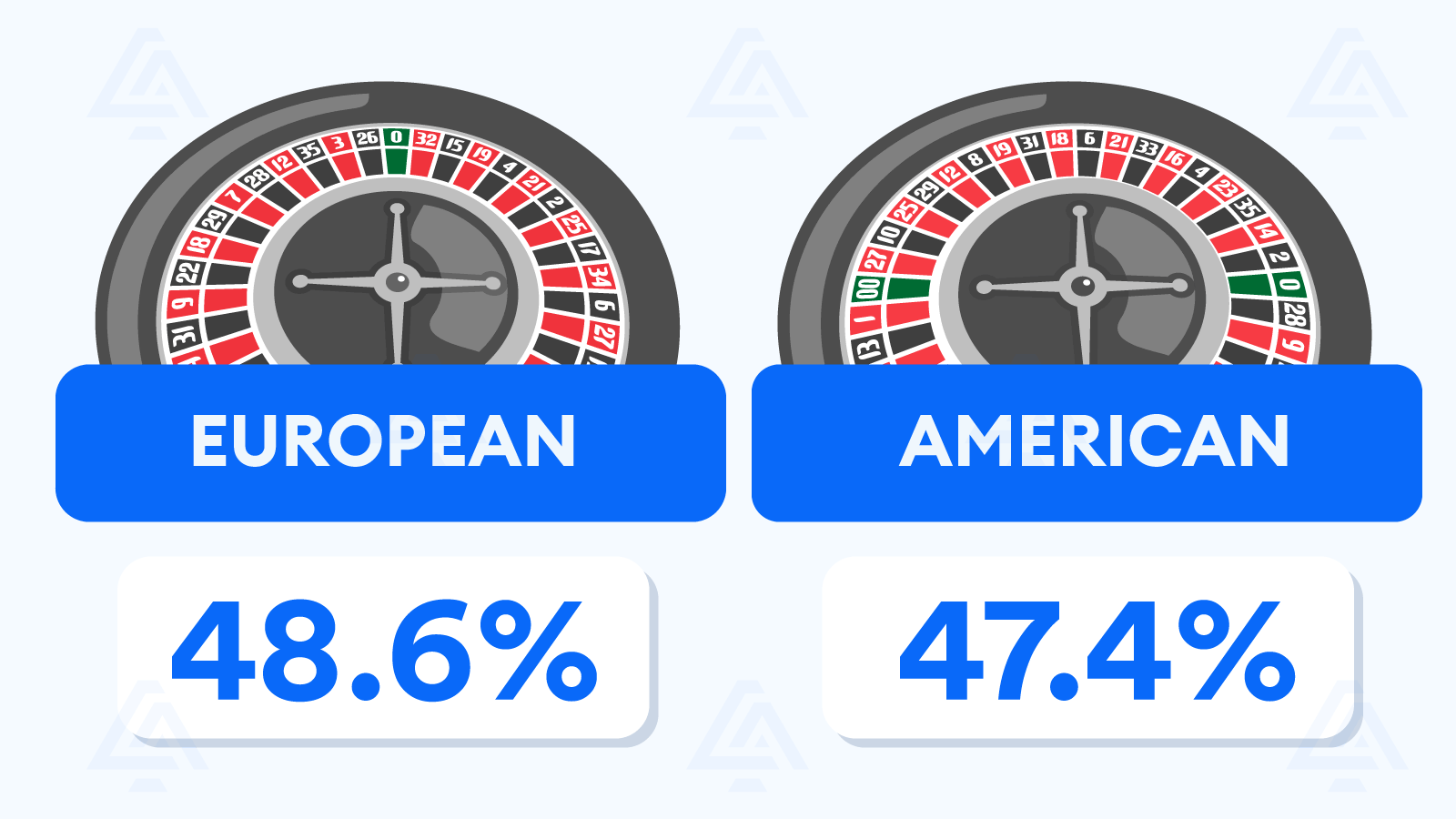
Be aware
Suppose you play live Roulette with a bonus. Be aware that applying Roulette strategies with bonus funds might be restricted. Either the online casino will forbid the use of strategies or limit the bonus bet amount as far as even-money bets are concerned.
Fibonacci strategy example 2: losing streak
| Rounds | Bet value | Starting bankroll: £100 |
|---|---|---|
| Win | £1 | £101 |
| Loss | £1 | £100 |
| Loss | £2 | £98 |
| Loss | £3 | £95 |
| Win | £5 | £100 |
| Win | £2 | £102 |
| Loss | £1 | £101 |
| Loss | £3 | £97 |
| Final result | £3 Lost | End bankroll: £97 |
Losing streak with the Fibonacci betting system
A losing streak can be easier to take with this system. Remember, the strategy works primarily as a way to avoid major losses. During 8 rounds of play, according to the sequence, 5 were lost bets. In the end, despite the majority of bets losing, the overall bankroll change was not that significant. Practically, instead of losing 5 units for 5 lost bets, Fibonacci helped reduce those losses to 3 units.
Fibonacci strategy example 3: winning streak
| Rounds | Bet value | Starting bankroll: £100 |
|---|---|---|
| Loss | £1 | £99 |
| Win | £1 | £100 |
| Win | £1 | £101 |
| Win | £1 | £102 |
| Win | £1 | £103 |
| Win | £1 | £104 |
| Loss | £2 | £102 |
| Win | £1 | £103 |
| Final result | £3 Profit | End bankroll: £103 |
Winning streak with the Fibonacci strategy in Roulette
As per the results in the table, you won’t make significant profits when 6 out of 8 betting rounds return positive results. The rule states that, in case you start with a winning streak, every next bet will be at the minimum stake. Therefore, your profit will only increase slowly.
Recommendation
The strategy’s main use is safeguarding your gambling funds!
Fibonacci Strategy Roulette Results in the Long Run
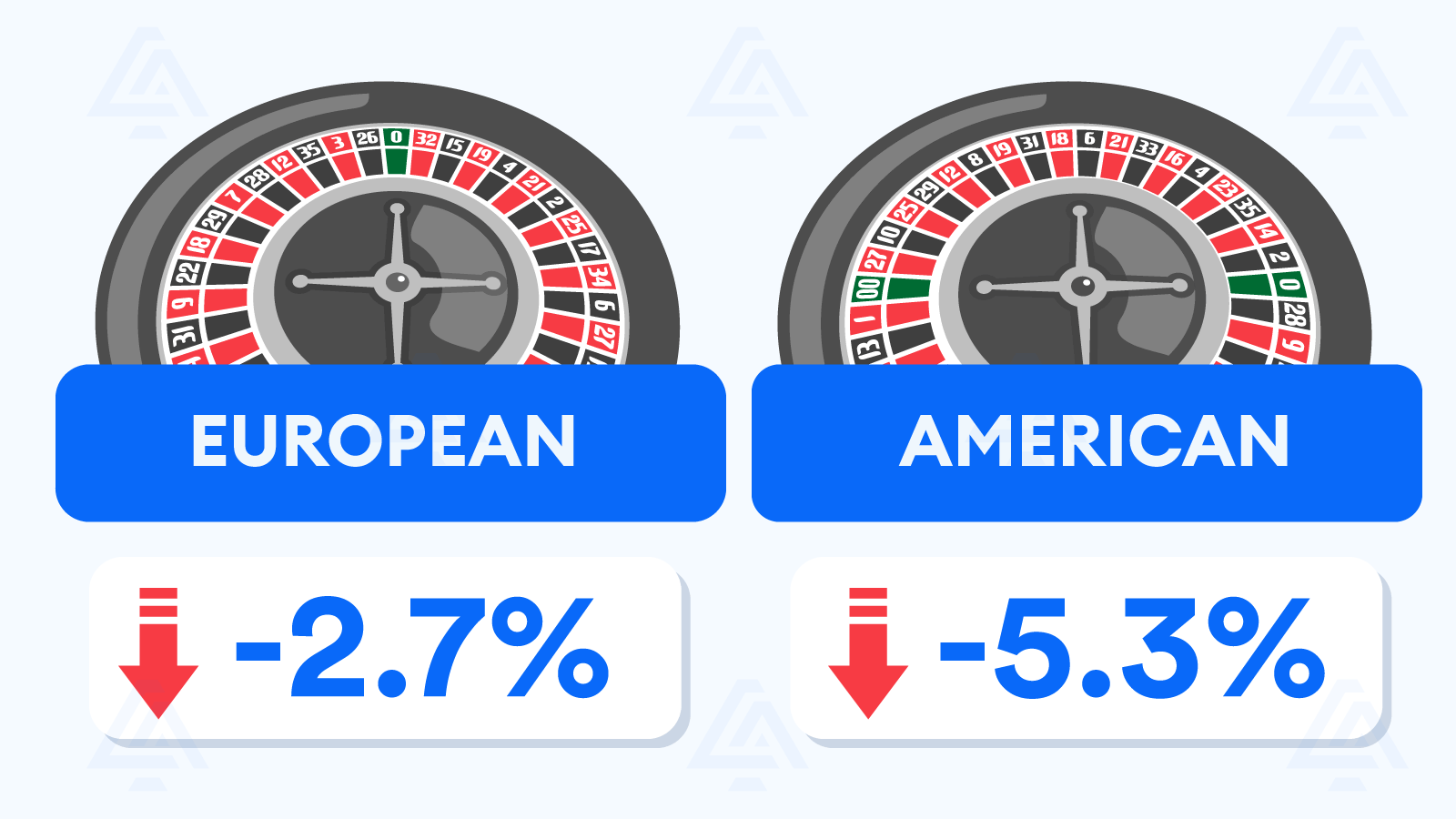
Expected Value (EV)
Calculating the expected value can give you a rough estimate of how much you can potentially win or lose during your Roulette session. We only use even-money bets with this Roulette strategy, so we’re already at a disadvantage. Given the house edge over an extended series of bets, we’re bound to lose 2.7% of the time at European Roulette and 5.3% at American Roulette. That means the expected value would be negative for a long enough series of bets.
The alternative reverse Fibonacci system
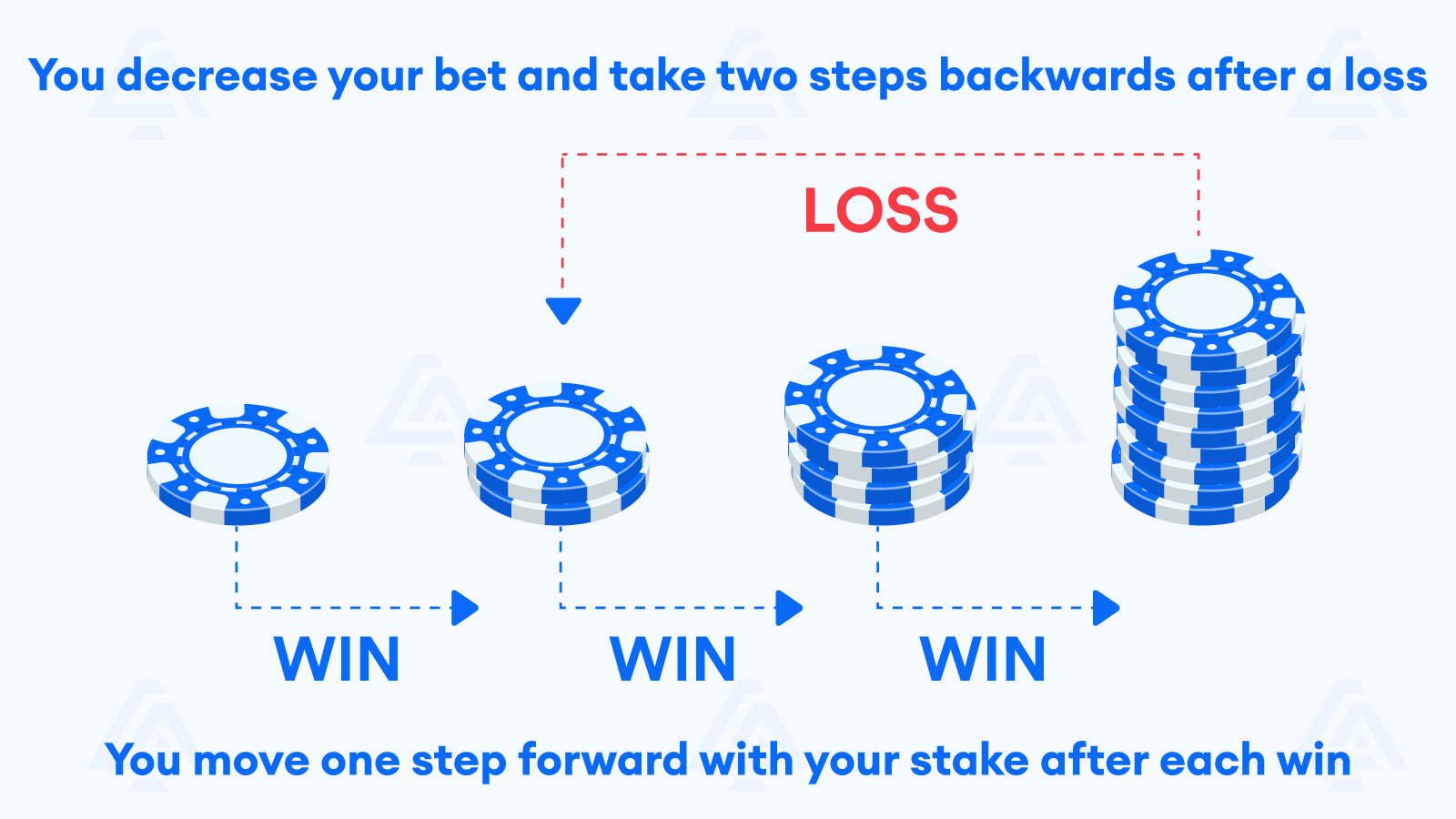
Reverse sequence rules
- You move one step forward with your stake after each win instead of upping your wager when you lose
- In case of a loss, you decrease your bet and take two steps backwards
However, be advised this is a lot riskier than the original.
Reverse Fibonacci betting system results
The reverse version can yield positive results, but only if you get your even-money bets right consistently. It can also drain a significant amount of your bankroll if, after a positive series, you encounter a loss.
Tips
Combine the two versions during Roulette gameplay for the best results.
Fibonacci Roulette Results Compared to Other Systems
Let’s see how the various Roulette strategies compare when used in the long run.
Alternatives to the Fibonacci system
| Strategy | Betting algorithm |
|---|---|
| The Martingale | This strategy doubles the bet every time you lose. When a win occurs, the next bet will be the amount you started with. |
| The Reverse Martingale (Paroli) | You double the next wager every time you win, and you return to your initial bet every time you lose. |
| The Grand Martingale | You start with a base wager. If you win, you double the stake and add a single unit. If the next one is a loss, double the stake again and add a unit to it. |
| Labouchere | First, decide the amount you want to win and create a sequence of smaller numbers that add up to that. Add the rightmost and leftmost numbers to obtain your first bet. If you win, remove the numbers from the string. Repeat the process for each win. If you lose, you add the wagered amount to the right side of your series. |
| D’Alembert | Here, you won’t double the wager every time you lose, but simply add 1 unit. So if you wager £5 and lose, the next bet will be £6. When you win, you decrease the bet by 1. |
The Fibonacci system vs other systems: a visualisation
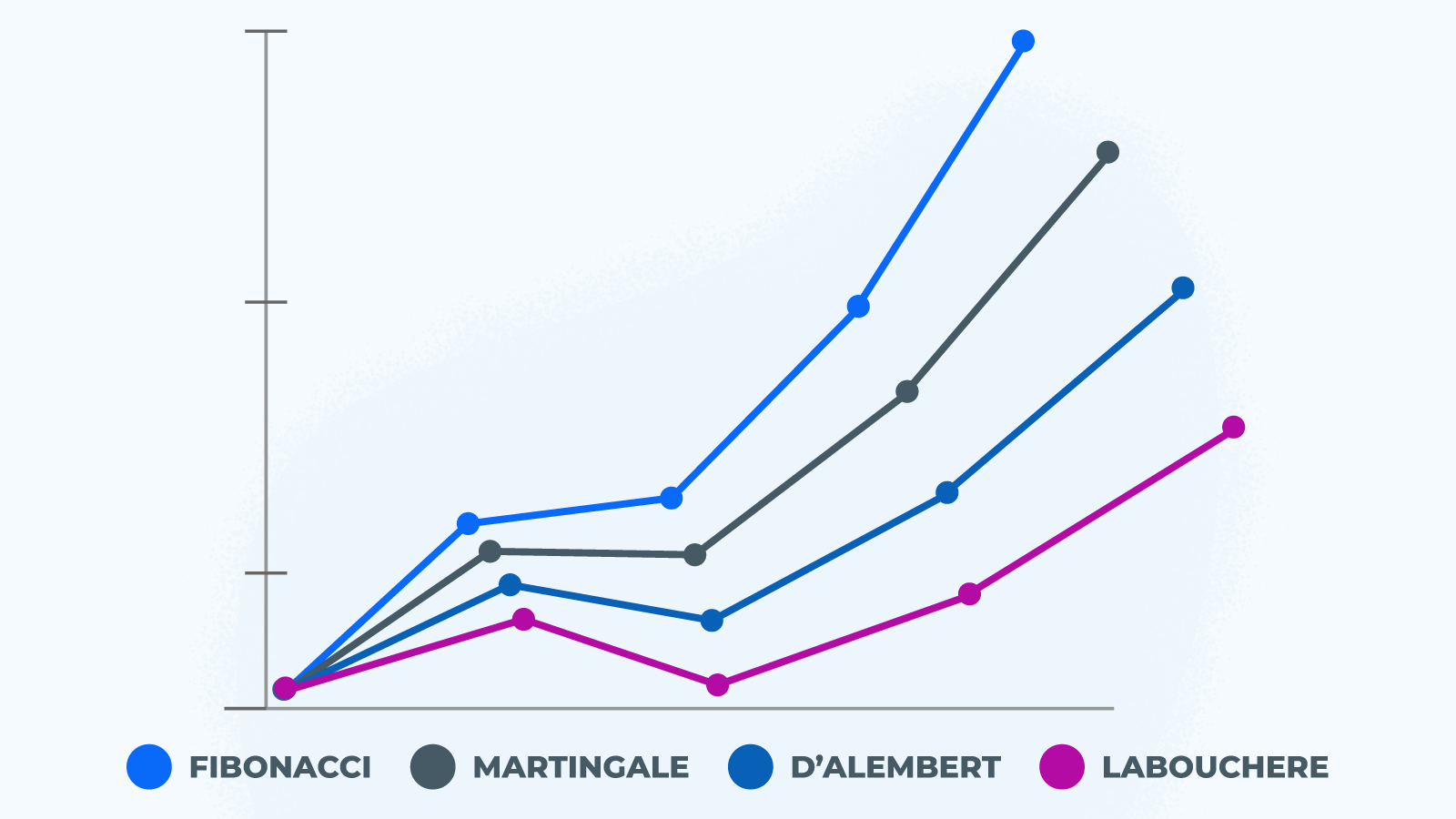
Tips for Using the Fibonacci Sequence in Roulette
- Be aware the system won’t improve the default odds of Roulette
- Start with the minimum bet available
- Play at European Roulette casinos UK for the best odds
- Check the site’s Terms and Conditions if you claimed a casino bonus
- Even if you’re playing a negative progression, don’t go overboard and know your limits
- Play at a table with high betting limits or start really low
- Avoid Roulettes with more than 1 zeros, such as American Roulette
- UK players shouldn’t bet for more than 10 rounds using the system, or your bets may become too risky

